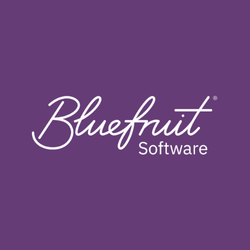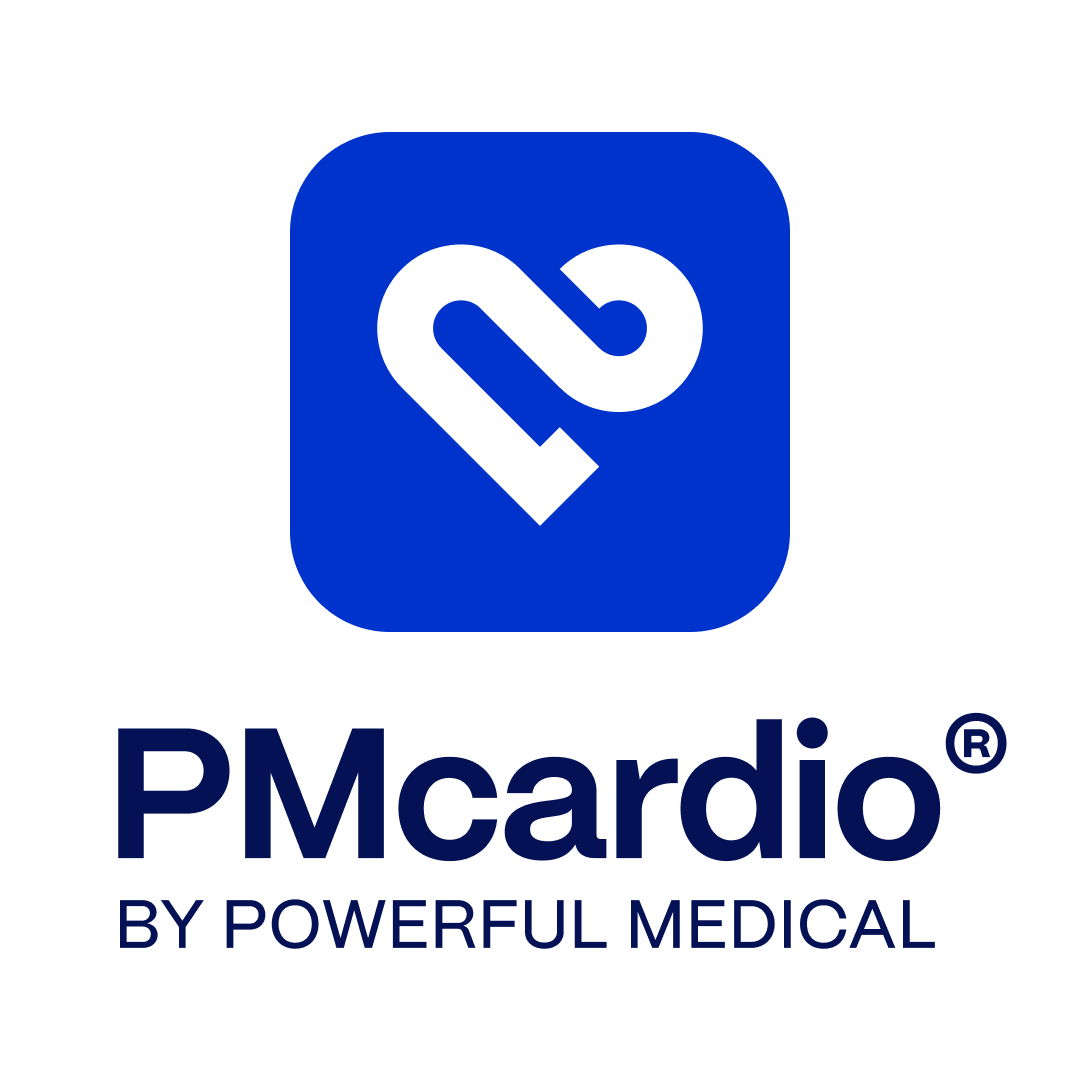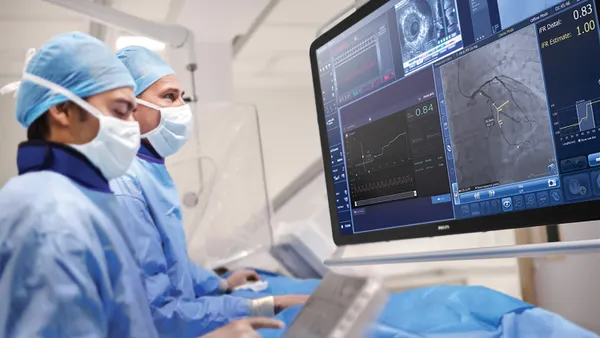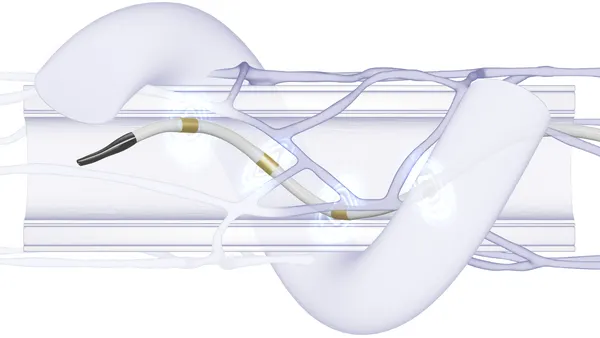Dive Brief:
- An editorial published in the July 7 issue of the Journal of the American College of Cardiology alongside results of a study involving a heart failure device from medtech CVRx touts the trial's unique design and calls it a "model" for future clinical trials, encouraging greater use of the approach.
- The BeAT-HF trial design was created as part of the company's collaboration with FDA under the breakthrough devices program that led to U.S. approval last year of Barostim Neo, CVRX's neuromodulation device for symptoms of heart failure.
- The study demonstrated the safety and effectiveness of carotid baroreflex activation therapy in patients with heart failure with reduced ejection fraction (HFrEF).
Dive Insight:
Patients who have heart failure with reduced ejection fraction have lower life expectancy, frequent hospitalizations for the condition and a poorer quality of life with limited exercise capacity. The majority are ineligible for cardiac resynchronization therapy.
CVRx's Barostim Neo device takes a neuromodulation approach to treating these advanced heart failure patients. A pulse generator is implanted under the collar bone and connected to a lead that attaches to the carotid artery in the neck. The device delivers electrical impulses to cells called baroreceptors that sense blood flow through the carotid arteries. The brain then sends signals to the heart and blood vessels to inhibit the production of stress-related hormones to reduce heart failure symptoms.
The BeAT-HF trial (Baroreflex Activation Therapy for Heart Failure), whose results also were published online in JACC, showed improvement in patients' quality of life score, exercise capacity and functional status, with evidence of a significant reduction in levels of N-terminal pro-B-type natriuretic peptide (NT-proBNP). Reduction in NT-proBNP has been associated with a lower rate of cardiovascular death or heart failure hospitalization. The effects were observed despite an increase in the number of medications patients received in the control arm.
In the JACC editorial, James Januzzi and Nasrien Ibrahim of Massachusetts General Hospital and Harvard Medical School called the interactive and adaptive design of the BeAT-HF study "groundbreaking" and a model for future efforts that should be extended to drug therapies as well.
In the trial, designed in collaboration with FDA under the breakthrough devices program, improvements were seen in the first cohort of patients in two of the three alternative endpoints, and the safety profile was acceptable, the editorial authors said. But there was no significant reduction in NT-proBNP concentrations, in contrast to a significant reduction of NT-proBNP seen in the previously published Phase 2 trial.
The editorial notes the study's investigators hypothesized the result may have been due to enrollment of patients who were too sick to benefit from the therapy. This led to the creation of Cohort B, an intended use population.
Cohort C consisted of patients with the new enrollment criteria, created to confirm findings of Cohort B, and Cohort D consisted of study subjects in Cohorts B and C, the full intended use study population. Based on results from Cohort D, the device was approved by FDA.
"An important consideration raised by this trial is the use of an upper limit cut point for NT-proBNP inclusion criteria. Such practice is rare, even in drug trials, but may be a supportable strategy as the HF space inches toward using biomarkers and other tools to personalize care," Januzzi and Ibrahim wrote.
"Given the inherent challenges of HF device trials, including cost and smaller size compared to drug trials, such design and implementation of device trials should be encouraged in the future, with collaboration with the regulatory agencies. We would argue this approach should also be extended to drug therapies that have well-defined intermediate endpoints," they said.
"With growing incidence, prevalence, and risk of patients affected by HF, all hands must be on deck to 'beat the clock' and get safe, effective treatments to our patients," the authors added.
After gaining FDA approval for Barostim Neo, CVRx began introducing the device at some institutions in January, but the COVID-19 pandemic slowed the rollout this spring, and a formal launch planned for the Heart Rhythm Society meeting in May was derailed by the event's cancelation. Nonetheless, CVRx is proceeding remotely with commercialization activities, though the process has been slowed, CEO Nadim Yared recently told MedTech Dive.
Investors in CVRx include Johnson & Johnson Innovation — JJDC, the strategic venture capital arm of the healthcare giant; New Enterprise Associates; and the GlaxoSmithKline-backed Action Potential Venture Capital fund.










